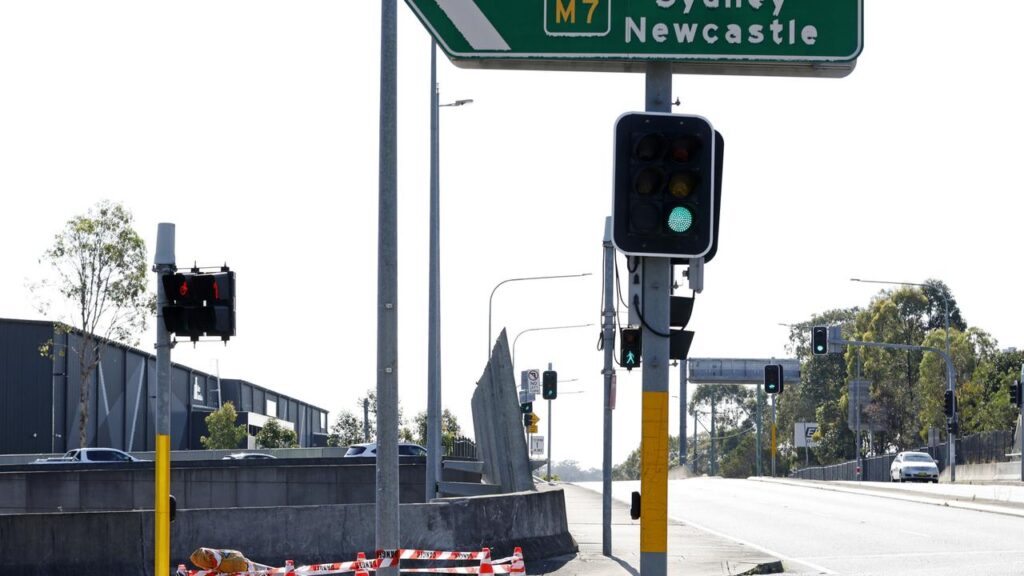Dawson’s phone call claim rubbished by prosecutors
Written by admin on May 15, 2024
Claims that Chris Dawson received a phone call from his wife in the hours after she went missing have been dismissed as a “deliberate lie”, as the ex-rugby league star fights to be freed from prison, a court has heard.
Dawson will on Wednesday once again appear before a Sydney court as his legal team attempts to overturn his conviction for murdering his wife Lynette Simms over 40 years ago.
Dawson, 75, is facing a hearing before the Court of Criminal Appeal after he was sentenced to a maximum of 24 years in jail.
Ms Simms, a mother-of-two, disappeared from her family’s Bayview home on January 8, 1982 and her body has never been found and she has not contacted her friends or family.
Dawson’s barrister, senior public defender Belinda Rigg SC, has told the court that Dawson’s conviction ought to be quashed because of the unavailability of key evidence and witnesses which have been lost over the past 40 years.
Justice Ian Harrison in August 2022 found Dawson guilty of murder and that he was driven by a “possessive infatuation” with one of his teenage students, JC.
THE PHONE CALL
During a 1991 police interview, Dawson told detectives he dropped his wife off at a Mona Vale bus stop on the morning of January 9 and she failed to meet him later that afternoon at the Northbridge Baths, where he worked as a part-time lifeguard.
Dawson told police while at work he received a long-distance phone call from his wife saying that she needed time away.
He also said that he received subsequent phone calls from Ms Simms before she eventually said she was leaving him.
One woman, who worked at the Northbridge Baths as a teen, told the court during the trial that she recalled on one occasion in the summer of 1981-82 picking up a long-distance call, and a female on the other end asked to speak to either Chris Dawson or his brother Paul.
Crown prosecutor Brett Hatfield told the court on Tuesday that there could have been a call — but it could not have been from Ms Simms, who he said was killed either late on January 8 or early January 9.
“The phone, we would submit, there could have been a call … that it was the (Ms Simms) on the other end of the phone is a lie, a deliberate lie,” Mr Hatfield said.
Ms Rigg earlier told the court it could not be established beyond a reasonable doubt that Ms Simms did not make the phone call.
Justice Julie Ward — one of three judges hearing the appeal — on Tuesday noted the only evidence about the phone call coming from Ms Simms was from Dawson.
ELEVEN PILLARS
On day two of the three-day hearing before the Court of Criminal Appeal, Mr Hatfield outlined what he described as 11 “pillars” of the case, which he said reinforced Dawson’s guilt.
“There is not a significant possibility that an innocent person has been convicted in this case,” Mr Hatfield said.
Mr Hatfield said the first “pillar” which led to Dawson’s conviction was the fact that Ms Simms never spoke to or had contact with any person after January 8, 1982.
Secondly, he said, it was “inherently unlikely” she would have “voluntarily abandoned the husband she idolised” and the “children she adored”.
Particularly, he pointed to Ms Simms’ effort to have children, which included undergoing a fertility procedure.
Mr Hatfield’s third point was she would not have cut off communication with her parents and her siblings even if she had left Dawson.
He also said at the time Ms Simms disappeared, Dawson was attempting to establish a “public, permanent, long-term partnership” with JC, including asking her to marry him and attending her school formal as her date.
Fifthly, Mr Hatfield said, Ms Simms was committed to her marriage despite it deteriorating in 1981 when she became aware Dawson had cheated on her.
“If she wasn’t leaving when those other things occurred, why would she leave when it was looking better after the counselling?” Mr Hatfield said.
Mr Hatfield also pointed to what he described as the “atmosphere” of Dawson’s relationship with JC, which he said was “marked by a degree of desperation and obsession”.
He said, in his seventh point, Dawson had made attempts to leave Ms Simms, including attempting to move to Queensland, planning to move into a North Manly flat with JC and attempting to sell his home.
According to his eighth point, he said Dawson had refused to accept JC’s attempt to break off their relationship before she left to holiday at South West Rocks.
He also said Dawson was the last person to see Ms Simms alive and had the “opportunity and motive” to kill her on January 8 and 9, 1982.
In his tenth point, Mr Hatfield said after his wife disappeared, Dawson conducted himself in a manner which was “completely irreconcilable with any purported belief that (Ms Simms) was alive and might return home.”
This included moving JC into his home, where she slept in the matrimonial bed, and allowing her to go through Ms Dawson’s clothing and jewellery.
Lastly, Mr Hatfield said there was no evidence of Ms Simms being alive despite proof of life checks during a missing person’s probe and three separate police investigations.
Dawson was sentenced to 24 years in prison, with an 18-year non-parole period, after Justice Harrison found him guilty of murder.
Last year, Dawson was also convicted of one count of carnal knowledge after a judge found he engaged in sexual activities with one of his students at a Sydney high school in 1980.
He was sentenced by Judge Sarah Huggett to three years in jail and had one year added onto his non-parole period.
His non-parole period is due to expire in August 2041, by which time he will be 93 years old.
New “no body, no parole” laws passed by NSW parliament – dubbed “Lyn’s law” – mean that Dawson will not be paroled until he reveals where Ms Simms is buried.
The hearing before Justices Julie Ward, Anthony Payne and Christine Adamson continues.
Read related topics:Sydney







